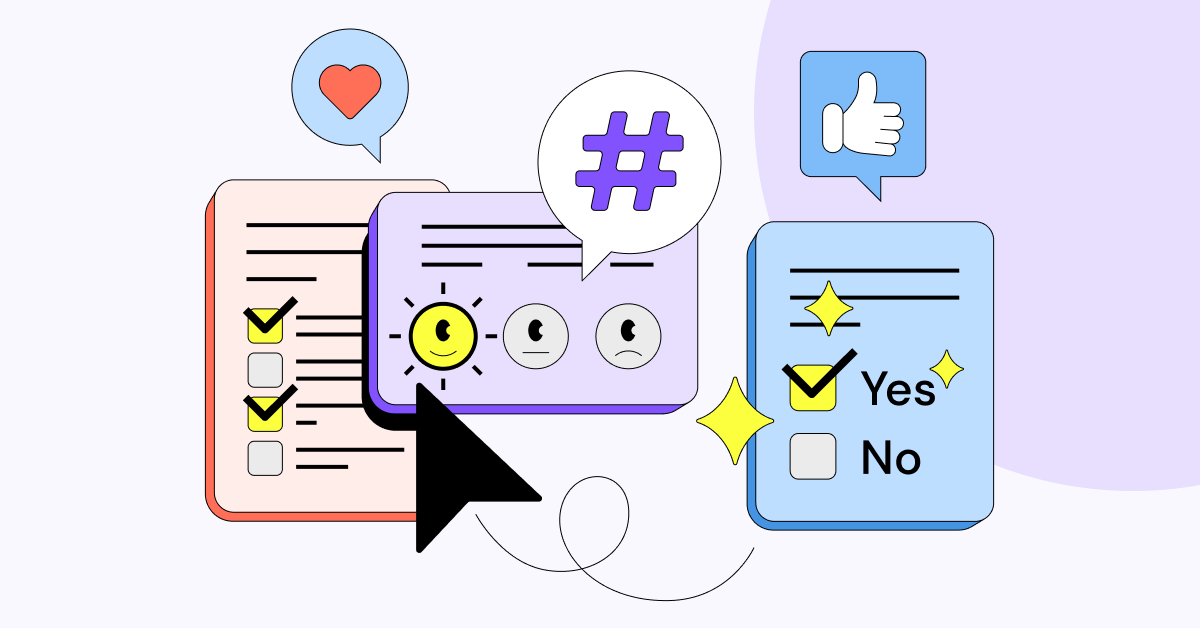Investing in market research is a powerful way to elevate a business and explore revenue-generating opportunities. Unfortunately, many companies focus on secondary research (existing studies) rather than conducting primary research (self-led studies).
Consumer opinion surveys are a popular form of primary market research for companies. Here’s why companies invest in paid surveys as a business strategy.
To Validate a Product
Failing to validate a product can be a significant waste of resources. Taking a phased approach to new product development helps companies collect data and preemptively kill projects that won’t succeed in the market. While terminating mid-project can be disappointing, it’s better than going to market and having a product flop. Collecting consumer opinions on an idea or prototype helps minimize wasted production costs.
Companies can also use paid surveys to learn more about how customers perceive their existing product lineup. This information helps key decision-makers determine whether it’s worth continuing with the current offering or if they should reallocate marketing dollars and resources.
To Refine a Product
Conducting paid focus groups and surveys are also valuable for products that are almost ready to launch. In many cases, products still have room for improvement before they go to market. Collecting feedback will help the team understand if they should make the improvements before production or prepare for a future update.
Research at this stage also helps refine the marketing strategy by narrowing down the four Ps: price, product, placement, and promotion. When a product launch fails, it’s typically related to one of these issues. Early-stage research helps validate the product. Later-stage research helps ensure the price, place, and promotional strategy resonate with consumers.
To Refine Brand Elements
Packaging and branding influence how consumers perceive a business. Sometimes the product is useful and ready to launch, but the target audience doesn’t connect with the brand.
Paid surveys and focus groups can help companies understand what colors, tones, and styles resonate with the target market. Researchers also use these tools to validate advertisements and content before going live. This approach to consumer research helps offset the need for A/B testing every time the business creates a new promotion or offer.

To Improve Customer Service
Surveys are an effective tool for capturing customer journey feedback. A simple survey after customers engage with the business can highlight crucial insights about their experience. These data points can highlight bottlenecks and problematic themes within the customer journey.
Asking consumers about their experience after a transaction helps identify improvement points. However, it’s also valuable to survey qualified leads who haven’t transacted yet. Learning why someone isn’t buying will help improve customer service and highlight friction points to focus on correcting.
To Assess the Competition
Surveys can also help companies get a better idea about their competition. Many companies anonymously host paid surveys to determine whether customers prefer their products or the competition’s. This process also helps highlight what the competition is doing well and what gaps they’re leaving open.
Conducting a competitor analysis requires the right framework and questions to be successful. The survey should also be structured so that participants can’t determine which company sponsors the research. This approach helps mitigate unconscious bias.
To Balance Qualitative and Quantitative Data
There are two types of market research data: quantitative and qualitative. Quantitative data is numerical and structured. It’s easy to analyze and translate into valuable information. A survey that uses a scale of 1-10 is an example of quantitative data.
Qualitative data is emotional and typically found in long-form, personal feedback. A survey with open-ended questions for people to elaborate on their thoughts and feelings is qualitative. In essence, quantitative data tells you how someone feels; qualitative data tells you why they feel that way.
The benefit of consumer opinion surveys is that brands can incorporate both qualitative and quantitative data to get an in-depth understanding of consumer behaviors and motivations. This blend of data can be challenging to collect in a focus group or interview setting. Many companies do interviews as a follow-up to scaled surveys, which takes more time and money to complete.
To Capitalize on Low Costs and Simplicity
Finally, surveys are a low-cost primary research option. Focus groups and full-fledged studies require time, coordination, and significant financial resources. Surveys can be put together quickly with a minimal financial investment. The data is easy to analyze and turn around into information.
Surveys can also be conducted remotely to poll a wider audience. This approach is a powerful way to explore new markets or opportunities.
Final Thoughts
There are also disadvantages to conducting paid surveys. Poor survey design and external factors can influence the accuracy of the data. For example, if a question isn’t applicable to the respondent, they may randomly click an option. Respondents who are only interested in the reward may also rush the process and provide inaccurate data.
Yet, consumer opinion surveys are still an immensely valuable tool. Invest in a strong framework and clarify the terms and conditions before hosting a paid survey. Validate respondents before they participate for the best results.


